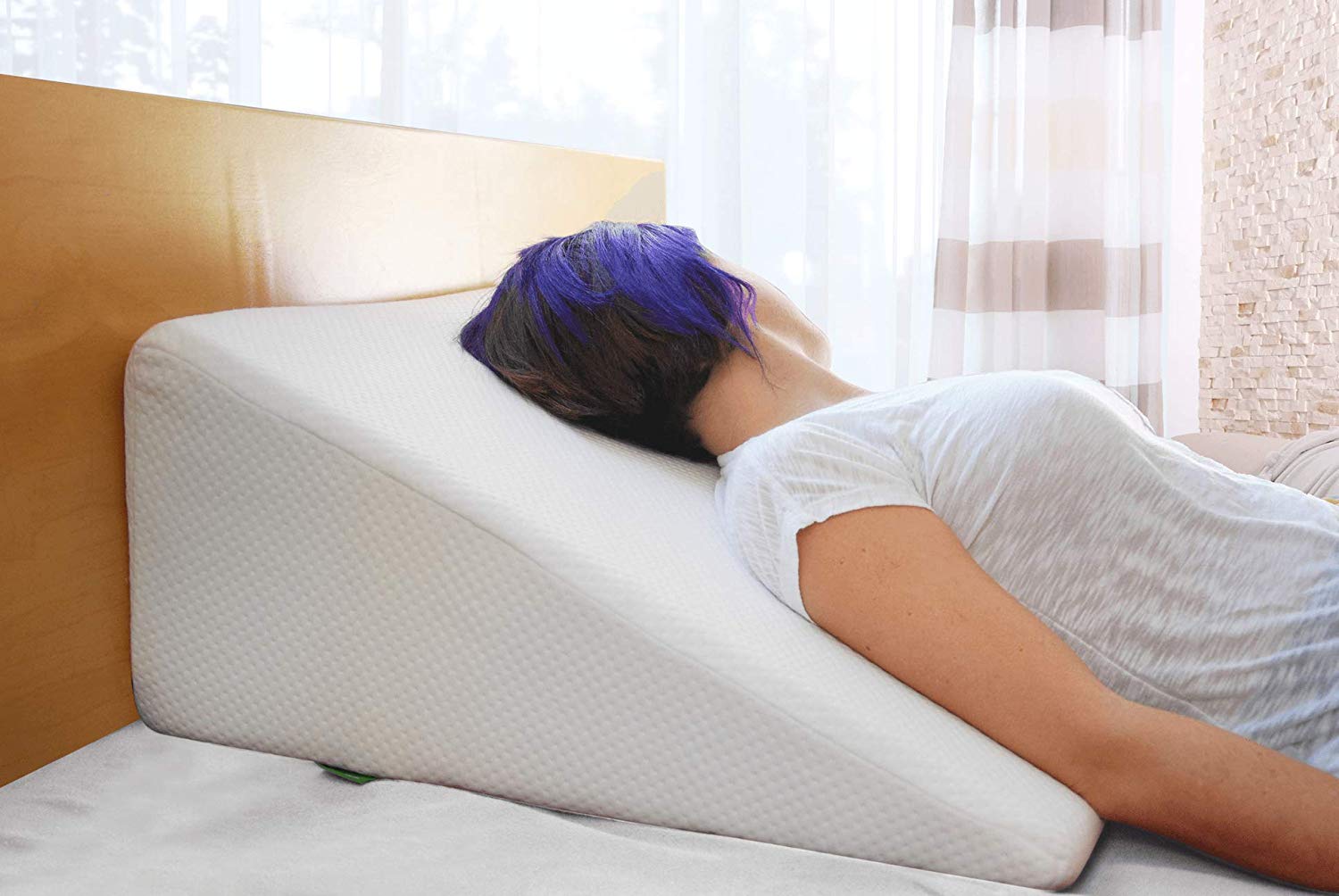How To Manage Dysautonomia
Dysautonomia refers to a variety of conditions that impair the functioning of the autonomic nervous system, which is responsible for control of blood pressure, digestion, breathing, heart rate, body temperature, pupil dilation and constriction, kidney function, and other processes considered involuntary or 'automatic.' Postural orthostatic tachycardia syndrome, neurocardiogenic syncope, and multiple system atrophy are among the many types of dysautonomia. Patients with dysautonomia often struggle with blood pressure, malnutrition, and fainting. They may also experience heart rate or rhythm abnormalities, chest pain, breathing difficulties, blurred vision, dizziness, and lightheadedness. More than seventy million individuals around the world have some form of dysautonomia, and it can affect those of any age, race, or gender. The symptoms of dysautonomia can often be mistaken for those of other conditions, and patients typically see several specialists to obtain an accurate diagnosis. Currently, the condition cannot be cured, but many patients can manage symptoms with treatment. The steps listed below can make daily life easier for dysautonomia patients.
Increase Fluid And Salt Intake

Many patients with dysautonomia have trouble with blood pressure and heart rate regulation. This can result in dizziness, fainting, and mental fog. Doctors generally recommend patients increase fluid and salt intake to help make blood pressure and heart rate regulation easier. Studies have shown increasing these can lead to improved blood pressure and heart rate control and enable patients to comfortably stand for longer periods. In particular, studies have shown increasing salt intake also increases the blood volume in the body, which can improve circulation. Depending on the severity of symptoms, doctors may recommend that patients increase their salt intake to between two to ten thousand milligrams of sodium per day. Patients with the most severe symptoms may need to consume between five to ten thousand milligrams of sodium daily, and those with less severe symptoms may need to consume only two to four thousand milligrams each day. Ideally, this should be done by adding salt to foods, though salt tablets are available for patients who find this difficult. Patients with dysautonomia should consume two to four liters of fluid per day to adequately manage their symptoms. Alcohol, caffeinated beverages, energy drinks, and high-sugar drinks should be avoided, but water, soup, and other liquids are fine.
Get to know the next option for treating dysautonomia now.
Eat Smaller, Healthier Meals

Patients with dysautonomia can struggle with circulation and often have poor blood flow. Eating diverts blood away from the heart and other vital organs and into the digestive system. Since large meals naturally divert more blood to the digestive system for food breakdown, patients are urged to eat smaller meals to keep more blood available for their hearts. Eating smaller, more frequent meals will help dysautonomia patients regulate their blood pressure more easily and reduce the risk of fainting upon standing. Patients may want to try eating four to six small meals throughout the day. As a guideline, each meal should contain between two to three hundred calories. Fruit, crackers with cheese, soup, nuts, and salads are all safe choices. Eating healthier meals low in saturated fats may help improve symptoms. Some studies have shown eating lower carbohydrate meals may make it easier for dysautonomia patients to regulate blood pressure.
Continue reading to reveal more treatments for dysautonomia now.
Look For Reactions To Certain Foods

Some patients with dysautonomia may notice they are sensitive to certain foods or food groups. Many patients have particularly strong reactions when they eat gluten and dairy products. It is important for all patients with dysautonomia to look for reactions to certain foods and share their concerns with their medical team. Doctors often recommend that patients who believe they are sensitive to gluten undergo a blood test for celiac disease. The blood test requires eating a diet containing gluten for up to three weeks before a blood sample is taken. Patients who do not test positive for celiac disease may still find they feel better when they avoid gluten-containing foods. Similarly, some dysautonomia patients may notice a sensitivity to lactose in dairy products. Tests can be performed to diagnose an intolerance. Patients who decide to eliminate dairy from their diets can choose to use almond milk, rice milk, or other non-dairy milk products as substitutes. Patients often feel better when they avoid coffee and other sources of caffeine.
Discover more ways to treat dysautonomia now.
Elevating The Head

Many doctors advise that patients with dysautonomia consider elevating the head of their beds when they sleep. This helps them condition their bodies to accept some degree of orthostatic stress, reducing their dizziness and risk of fainting during the day. Wedge pillows only raise a patient's shoulders and upper body and are not recommended for this particular condition. Rather, patients should place bricks, books, or bed risers underneath the bedposts at the head of the bed. This will align the body so the entire body is elevated, and the feet will be at a lower level than the hips. Doctors recommend this specific position of elevation for maximum benefit. The elevated position will also reduce any symptoms of acid reflux patients may be experiencing.
Get details on more options for treating dysautonomia now.
Compression Socks And Garments

Compression socks and other garments help increase circulation and keep blood flowing, reducing the amount of blood that pools in the lower body, as well as aiding in increasing blood pressure. Dysautonomia patients may choose to wear compression socks or abdominal compression binders. Doctors can advise when and how often they should be worn. Compression socks are available in a variety of styles such as open toe, closed toe, waist high, and knee high. Patients can choose to purchase these from medical supply catalogs or specialty drugstores. Some pharmacies even have professional fitting services available to help patients choose the ideal compression socks or other compression garments for their needs. Generally, doctors have found the majority of patients improve with the use of higher compression socks and use thirty mm/Hg of ankle counter pressure.
